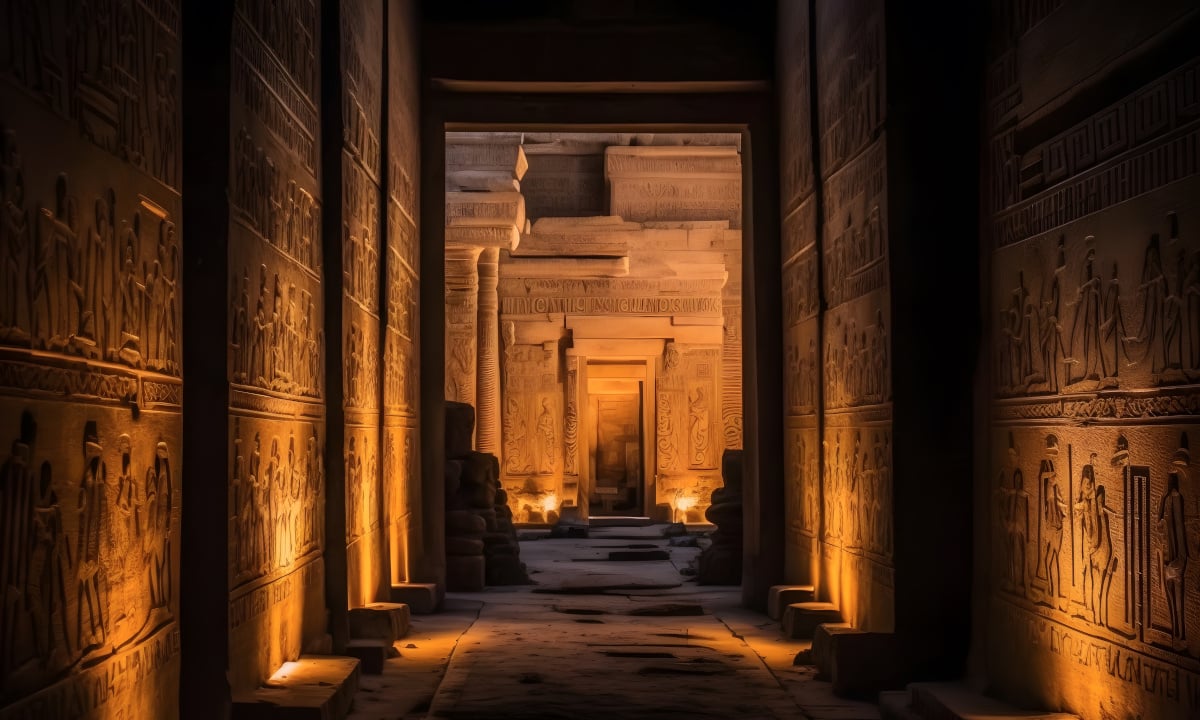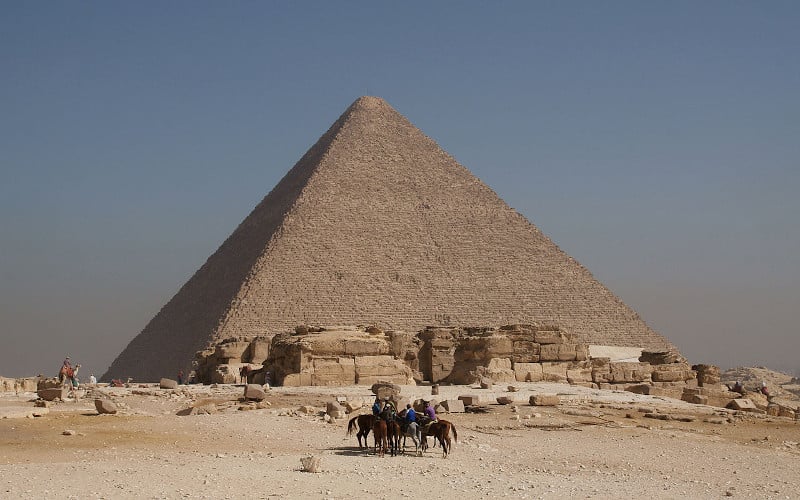
The Architectural Evolution of Egyptian Temples - The Marvels of Ancient Engineering
The architectural evolution of Egyptian temples is a critical glimpse into the ingenuity, religious fervor, and artistic prowess of one of the world's oldest and most enduring civilizations. Stretching across millennia, the design and construction of Egyptian temples not only reflect the shifting religious and political landscapes but also underscore the Egyptians' mastery of engineering and aesthetics. From the earliest structures in the Old Kingdom to the grandiose complexes of the Ptolemaic period, Egyptian temples evolved in complexity, scale, and purpose, leaving a major mark on the history of architecture. And most of all, it proves time and time again that the Ancient Egyptians placed great importance on their religious beliefs.
The Dawn: Early Dynastic Period and Old Kingdom (c. 3100 – 2181 BC)
The origins of Egyptian temple architecture can be traced back to the Early Dynastic Period, where religious practices were initially conducted in open-air sanctuaries or simple structures made of perishable materials like wood, reed, and mudbrick. These early temples were modest, reflecting the nascent stage of Egyptian state formation and religious organization.
- Primaeval Temples Of Egypt: Hidden Gods In The Sand
- Sky Religion in Ancient Egypt: Temples and Magick - Part I
With the advent of the Old Kingdom, a significant transformation in temple architecture began. The period saw the construction of the first monumental stone buildings, primarily influenced by the centralization of the state and the divine status attributed to the pharaohs. The most notable example from this era is the Step Pyramid complex of Djoser at Saqqara, designed by the architect Imhotep. Although primarily a funerary complex, it included temple structures that set the precedent for subsequent architectural developments. The Step Pyramid's innovative use of stone masonry, columned halls, and extensive courtyards became foundational elements in later temple designs.
In addition to the Step Pyramid, the Old Kingdom witnessed the construction of the Great Pyramids of Giza, which, while primarily serving as tombs, were accompanied by temple complexes that played significant religious roles. The Valley Temple of Khafre and the Mortuary Temple of Menkaure are notable examples. These temples featured large open courts, pillared halls, and sanctuaries, setting the stage for the architectural advancements of the Middle and New Kingdoms.

The Great Pyramid of Giza. (kallerna / CC BY-SA 3.0)
The Rise: Middle Kingdom (c. 2055 – 1650 BC)
The Middle Kingdom marked a period of political stability and cultural renaissance, which was reflected in the architectural sophistication of temples. Temples from this era, such as the White Chapel of Senusret I at Karnak, showcased advanced stone-working techniques and a greater emphasis on symmetry and artistic detail. The architecture of the Middle Kingdom also introduced the concept of the axial plan, where temples were designed along a central axis, guiding the worshiper from the entrance through successive courtyards, hypostyle halls, and sanctuaries.
The temple complexes of this period also began to feature more elaborate decorative programs, with walls adorned with intricate carvings and inscriptions depicting religious rituals, offering scenes, and royal iconography. This artistic enrichment served both religious and propagandistic purposes, reinforcing the divine authority of the king and the continuity of the state's religious traditions.
The Middle Kingdom also saw the construction of the Karnak Temple's early structures, with pharaohs like Senusret I and Amenemhat I making significant contributions. These additions laid the groundwork for the expansive complex that would come to dominate the New Kingdom landscape. The architectural elements introduced during the Middle Kingdom, such as the use of colonnades and the development of more complex floor plans, would become defining features of later temple designs.
The Zenith: New Kingdom (c. 1550 – 1077 BC)
The New Kingdom represents the zenith of Egyptian temple architecture, characterized by grandiose constructions and an unprecedented scale of monumental building projects. This period saw the rise of the temple complexes at Karnak and Luxor, which became the focal points of religious and political life in ancient Egypt.




